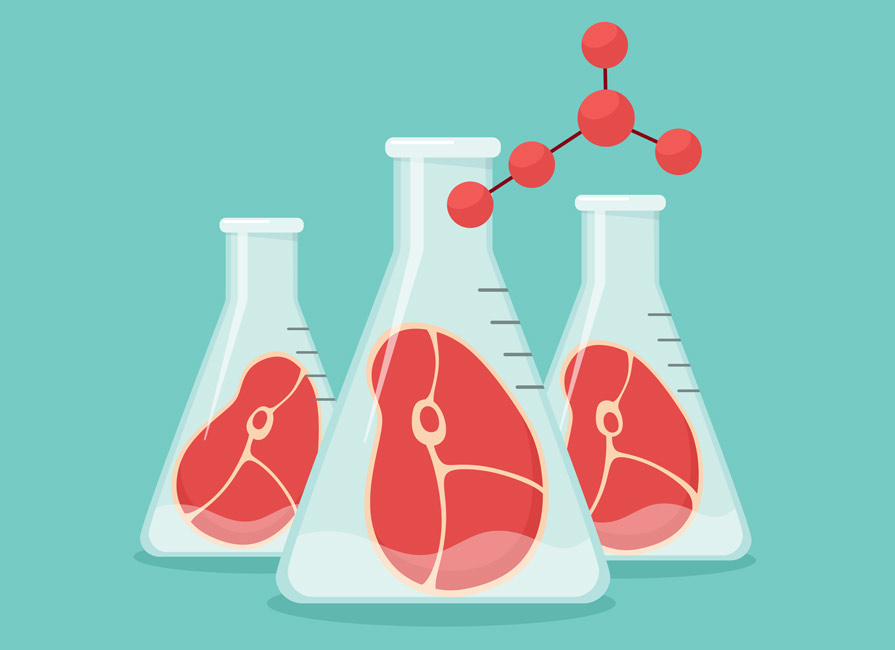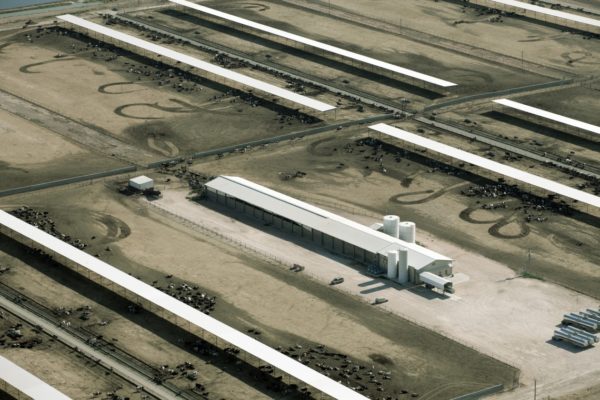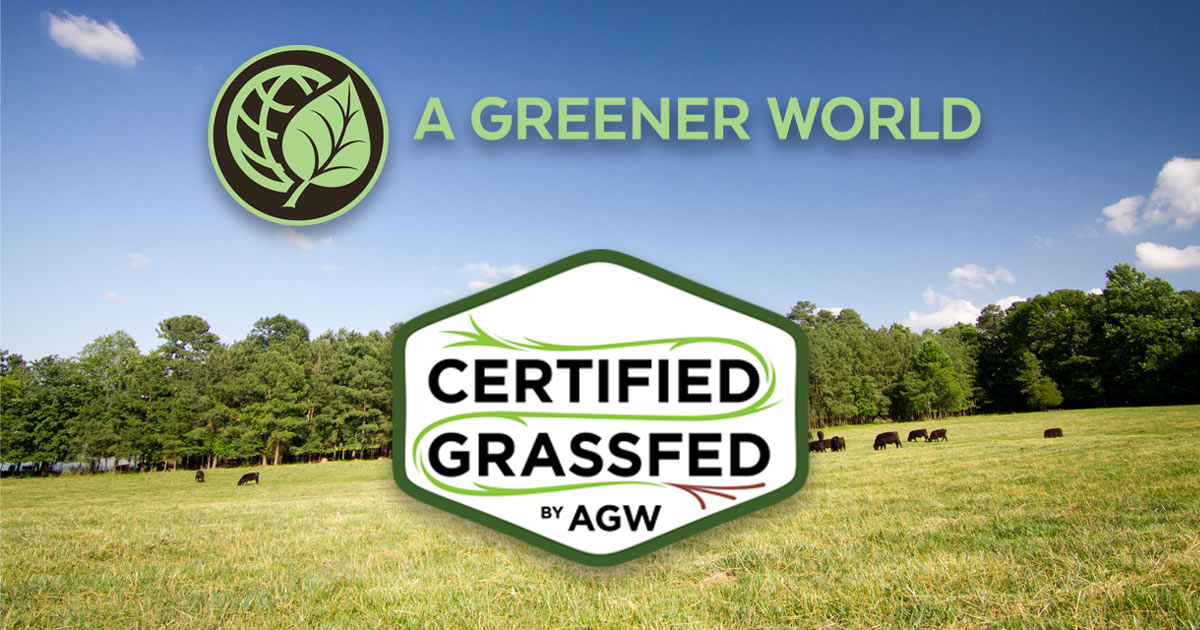AGW Comments to USDA on Cell-Cultured Protein
October 27, 2021 U.S Department of Agriculture Food Safety and Inspection Service 1400 Independence Ave. S.W., Washington, D.C. 20250 Re: Request for comment pertaining to the labeling of meat and poultry products comprised of or containing cultured cells derived from…



